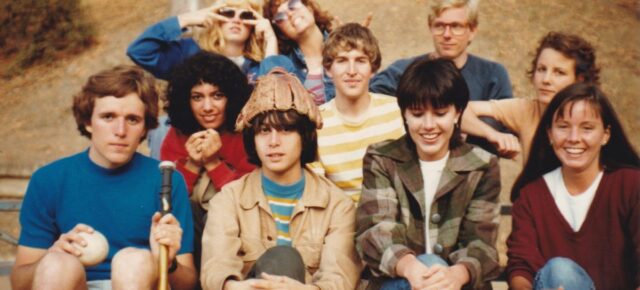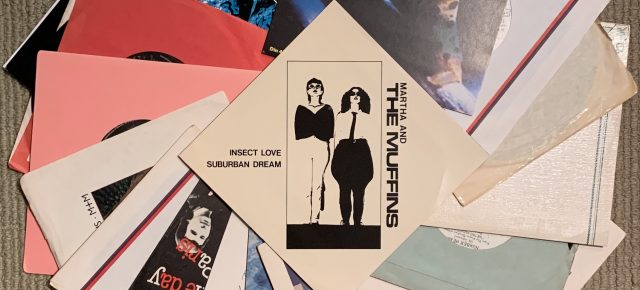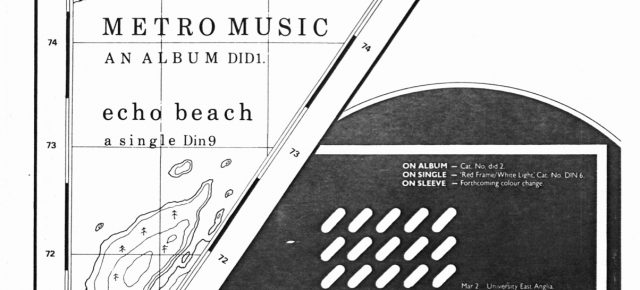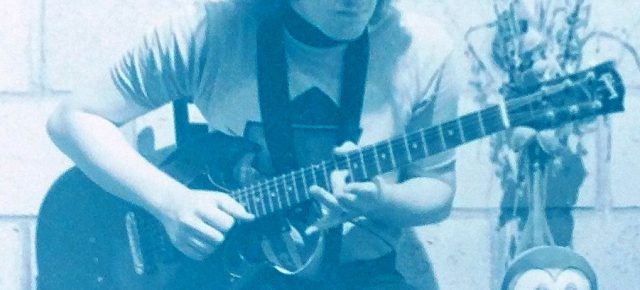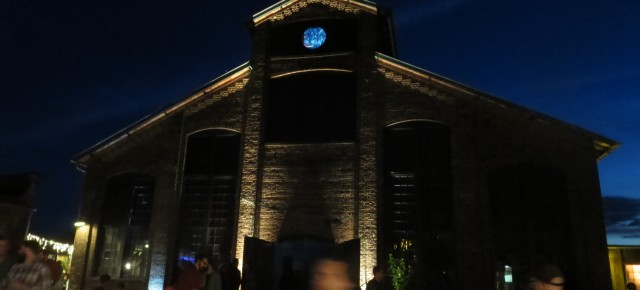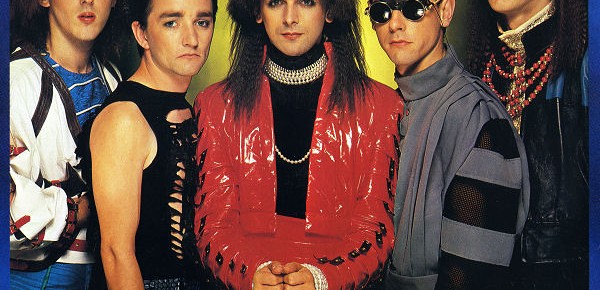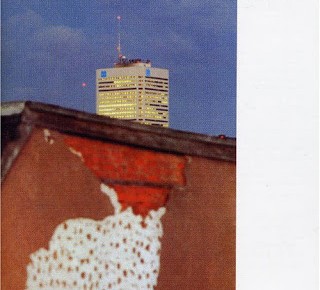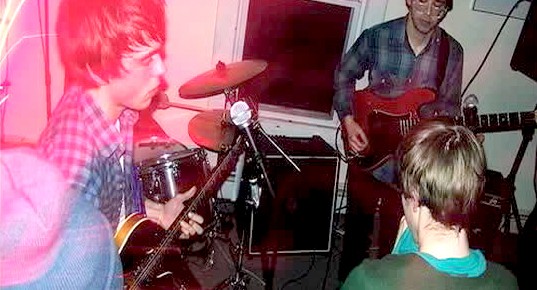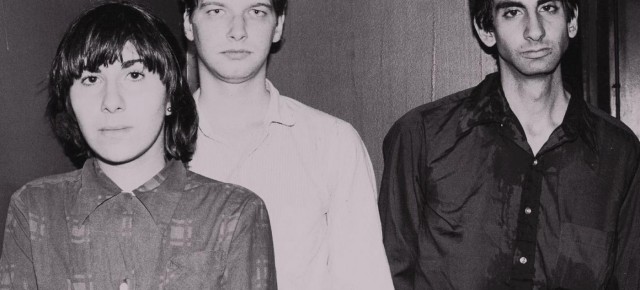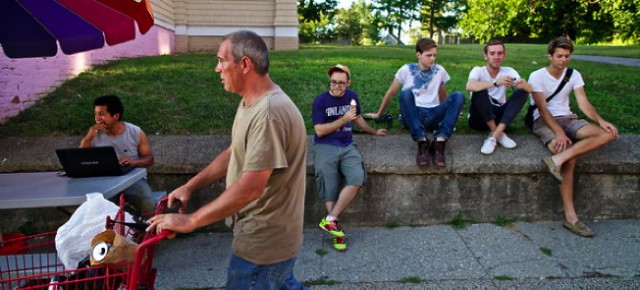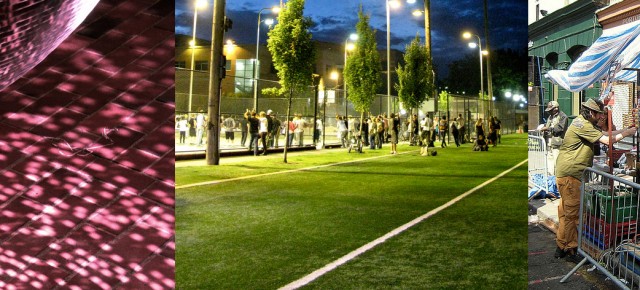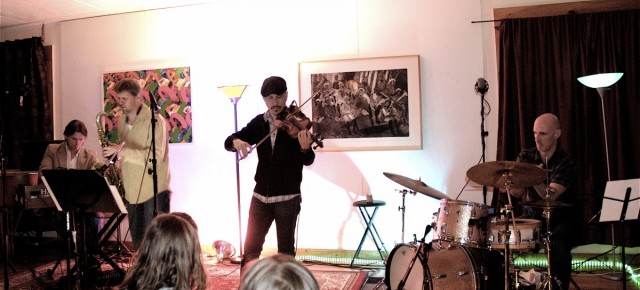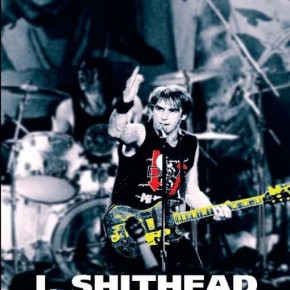
It was November 1977, and it was the first time any of us had traversed our home and native land. We soon found out what a big-ass country Canada is. The ground in Saskatchewan was covered with snow, and it was so fucking flat that you could see a grain elevator miles away. It looked...

I’ve been drawn instinctively toward the music, aesthetics and story of Martha and the Muffins since I heard their debut album some 30 years ago. In my teenage years I would have ranked their 1983 album Danseparc one of my desert island discs (I still might, come to think of it). My tastes evolved toward the...
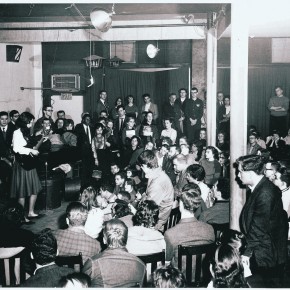
The role of folk music in America’s postwar cultural and social history doesn’t lack for testimonies. Being the privileged soundtrack to the middle-class generation born during or just after the war, the story of how this music ‘changed the world’ won’t go unrecorded thanks to Baby Boomers’ economic and political hegemony. And yet the peculiar registers...
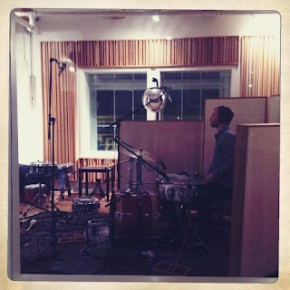
Scott Reitherman is the singer, multi-instrumentalist, songwriter and main guy behind Throw Me The Statue, an indie-pop band based in Seattle. They have two albums out on Secretly Canadian, an independent label based out of Bloomington, Indiana, and are currently in the studio recording a third one. Their 2007 debut Moonbeams got a warm reception...
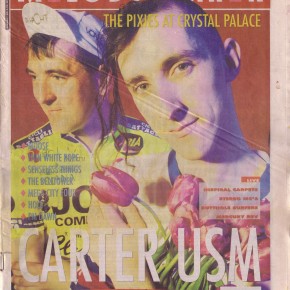
[Very pleased to feature Musical Urbanism’s first guest blogger, Andrew Stevens, a writer and researcher living in London. A Fellow of the Royal Society of Arts, Stevens is a Member of the Regional Studies Association and Urban Economics Association. -LN] I read about a band in South East 23, I thought it was me, I...
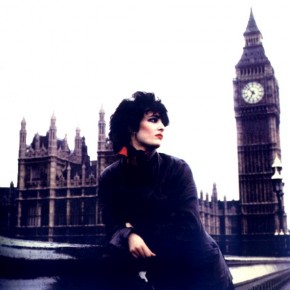
Currently I’m revising and expanding an essay I posted here a year ago, about how Joy Division came to sound like Manchester, to present at the 2012 EMP Pop Conference next month. The artistic connection between Joy Division and their city of origin is clear and powerful for many listeners, but my argument is that the connection isn’t...
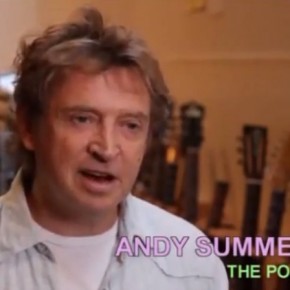
Thanks to the Slicing Up Eyeballs blog, I’ve discovered a new BBC Four music documentary, “How the Brits Rocked America: Go West,” about the three generations of British musicians, from the Beatles to Duran Duran, who scaled the walls of American pop culture. Some of them made their fortunes, many more failed, and a few just wanted...
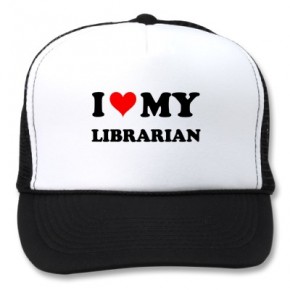
This post contains lots of links to exciting new academic research in the field of popular music. But first, a diatribe. One of the perks faculty have at my institution is to identify books for the college library to purchase. Since I co-teach a course about Musical Urbanism, I try to keep the library up...
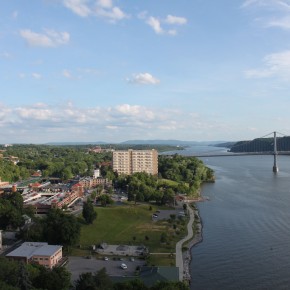
[This is the extended version of an essay that will be drastically reduced (1500 words?!?!) before it’s published in a new Vassar College faculty journal. For a change there’s no mention of music, although readers might notice how this discussion adds context to my other posts on music and the Hudson Valley.] In Urban Studies courses...
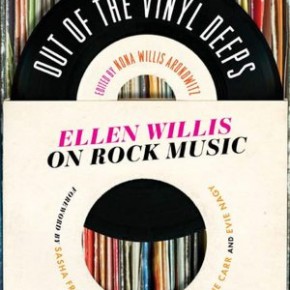
In 1979, the late great music critic Ellen Willis gave a brief yet compelling explanation for how rock and roll sounds like the city, writing about “rock-and-roll’s oldest metaphor for modern city life—anarchic energy contained by a tight repetitive structure.” Her formulation has two components. First, rock and roll functions as metaphor, not the lyrical...
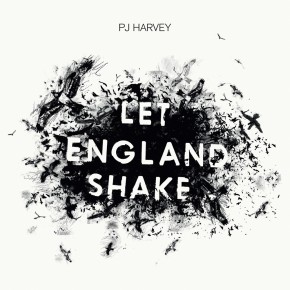
What business does a blog like this have releasing its own end-of-year music list? Well, over any given year I find myself idly speculating about how this new album might compare to this one, and how well that new record will stand up by December. A habitual consumer of other people’s lists, I can’t really...
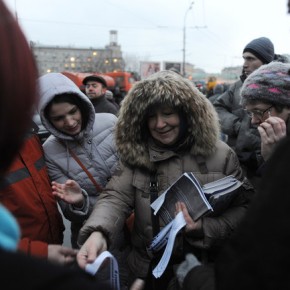
Maria came to the Kremlin demonstration wearing her designer eyeglasses. Does that explain why she protests? Many commentators have pointed out how after big American news media (many of them regularly accused of liberal bias) refused to report on Occupy Wall Street for several weeks, they then often sought to explain the movement by characterizing...
